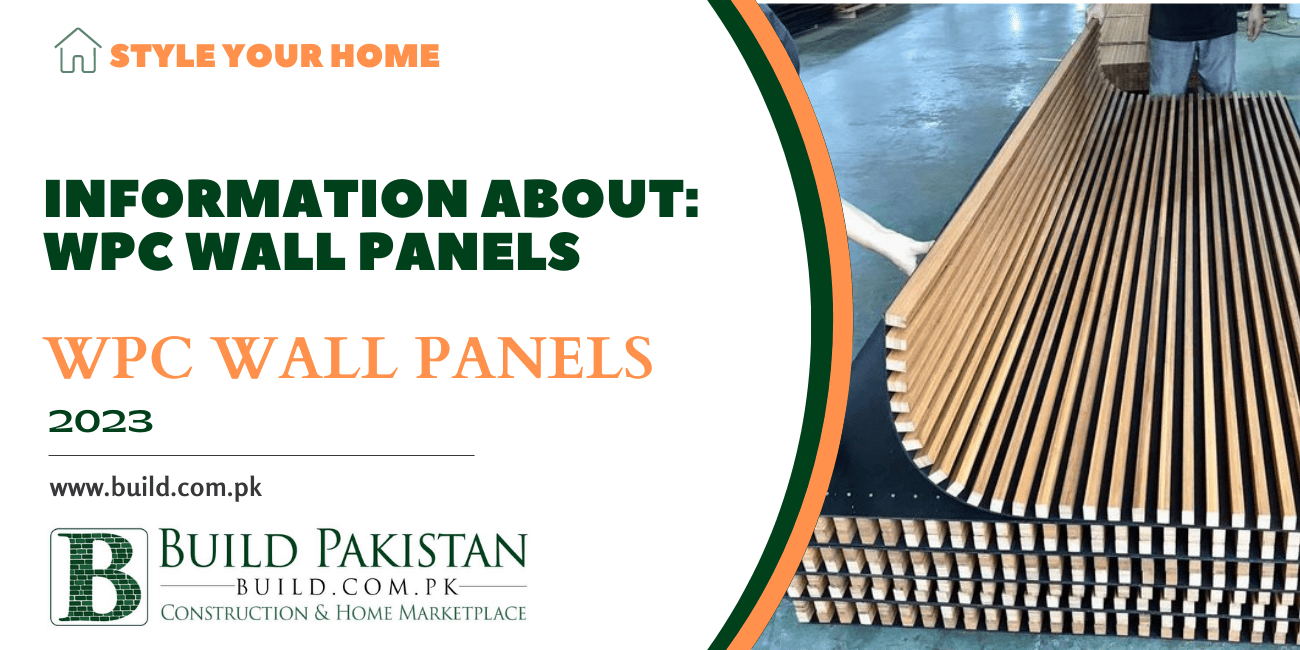WPC Wall Panels: Transform Your Space with Stylish a Guide

Introduction:
Due to its excellent stability and distinctive design, the currently popular material—WPC wall panels—has emerged as the industry standard.
The WPC wall claddings may be matched with a variety of décor styles because of its adaptable forms, vibrant colour options, and varied texture types. A WPC wall panel design in a contemporary or European style with metal accents may transform the home design into a well-liked, luxurious light style!
We'll offer you a thorough introduction to interior WPC wall
panels, inc luding examples of how they may be used and the advantages they
might provide for home design.
Why is wall paneling so valuable and well-liked?
Wall cladding panels will always give any house a timeless,
upscale appe arance. The total of all the minor nuances may significantly alter
the look of wainscoting trim.
Wall panelings used to be often installed exclusively in public spaces, but that has entirely changed. Siding installation has grown popular enough to significantly enhance the appearance and character of their property.
The Great Wall Panels are what?
The primary components of the WPC wall panel are polyvinyl
chloride, wood powder, calcium carbonate, and useful additives like foaming
agents and stabilisers. Because of how similar its cross-section is to the
Great Wall, it is known as the Great Wall Panel. The WPC panel for the wall is
3000mm in length, 150-195mm in width, and often varies in thickness depending
on the shape's needs.
WPC Great Wall Panels Features

Rich materials and a variety of hues
The WPC interior wall panel has a wide range of complementary
hues, inclu ding dark green, red sandalwood, teak, coffee, log, mahogany, ochre,
and ultramarine. The surface of the WPC interior wall cladding panel comes in a
variety of designs, including wood texture, copper material, and other styles
that may be electrophoresed, polished, and painted.
Decent decorative
The WPC inside wall panel lacks any screw holes or connection
ports, while the exterior building ornamentation is finished. The need for
chemical joint glue is unnecessary, which solves the issues of ageing and
pollution. The WPC inside wall panel provides a nice visual impact whether you
are tooling or decorating your house because of the concave and convex
cross-section that gives the WPC Great Wall Board its distinctive appearance.
Environmentally responsible
The WPC interior wall panel has a service life of more than
30 years and is oil- and stain-resistant as well as easy to clean. The wall
doesn't require maintenance because it complies with national and European
regulations for environmental protection, is formaldehyde-free, ideal for a
home setting, recyclable, and green. WPC fluted panel is thus especially
appropriate for households with young children.
Powerful Stability
The benefits of the WPC wall panel are its resistance to
ageing, UV rays, acid and alkali, insects, and general waterproof performance.
Unique wood fibre that is polymer-cured and has strong physical and mechanical
capabilities, such as compression resistance and impact resistance, as well as
good reprocessing properties, is present in WPC panels.
Applications of WPC Wall
- WPC wall panels are featured as the primary decorative
element inside.
- WPC wall panels are utilized as a part of the interior design.
- WPC Walls can be used as Ceiling
WPC Wall Panel vs. Tiles
It might be argued that tiles have long held the top spot
among materials used for traditional ornamentation. The new form of decorating
panel, WPC wall panel, which emerged from behind, has only been available for a
short while, but everyone can see how popular it is on the market. Many
individuals find it tough and confusing to decide which decorative materials to
use. Let's evaluate the merits of wall tiles against wall cladding panels today.
Comparison of application scope
Typically, floors and walls are covered in tiles. However,
they can only be utilised locally in house décor because to moisture issues.
Bedroom walls are not suitable for tiling, which would increase indoor
humidity.
WPC wall panels for the interior may be used for the wall, ceiling, and whole-house decorating.
Cost of labor comparison
Traditional tile installation uses a wet adhering method that is slow to complete and necessitates the use of cement mortar auxiliary materials. The weight and thickness of the tiles and the building layer are also fixed.
The interior WPC wall panel uses a single-step, integrated prefabricated decoration that is put immediately in the unfinished space, making installation quick and simple.
The cost of WPC wall cladding is comparable to that of tile. However, interior WPC wall p anels need less time to install than ceramic tile does, and as a result, their labour costs are less than those of ceramic tile.
Ecological comparison
When the interior WPC wall panel is decorated, you may move
in immediately after cleaning, unlike when the tiles are adorned and it takes
many months to air the space before moving in.
Comparatively speaking
Wood plastic composite wall panels, a type of material that
primarily emphasises the design of wood, are quite prevalent and include wood
grains with various structures. It can demonstrate a DIY visual impression if
it can convey a nice ornamental individual effect.













